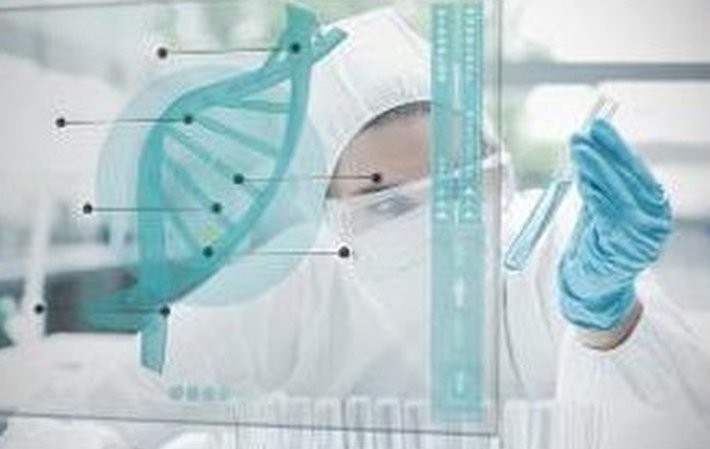
Published on 11/30/2016 | Use Cases
Recently I visited a major Indian hospital, renowned for its healthcare services utilizing sophisticated medical devices. That day there was a big commotion at the hospital's diagnostics centre. The staff were desperately trying to calm down disgruntled patients and their attendants. I was very surprised since this was a hospital reputed for its quality service.
Apparently the MRI machine had broken down unexpectedly and nothing could be done till it was repaired. Not only that, the hospital had to deal with the issue of re-scheduling all the patient appointments for the scan. No matter how critical some of the patients were, either they had to wait for the device to be repaired or they had to go to a different diagnostics centre for the scan. Clearly, this was a blot on the hospital's service quality and reputation.
To me, this was a problem which could have been completely avoided if only the hospital management embraced what is now fast becoming a must-have - Internet of Things (IoT) enabled monitoring and proactive maintenance of its state-of-the-art medical devices.
IoT connected medical devices are now an integral enabler of enhanced patient care. Through IoT, MRIs, CT scanners or even lab test equipment can now be remotely monitored to predict possible problems and proactively resolved thereby increasing device utilization. For all their capability to scan the human body to the minutest slice or to monitor patients' key parameters every micro-second, modern medical devices are highly sensitive and susceptible to fluctuations in power, voltage, humidity, temperature and air quality.
For instance, if a medical device is kept in a lab with high moisture content there is a higher chance of de-oxidation of its integrated circuits (ICs) that will increase the rate of failure of the equipment. Similarly, dust can also play a big role in corrosion as it retains moisture on PCB cards. If the temperature in a lab is beyond a certain threshold, it can affect the temperature of ICs due to which the corrosion rates are also increased and adversely affects the reliability of the devices. Despite efforts to maintain a neutral environment where such devices are housed there is the possibility of it tilting towards either more acidic or alkaline environments which in turn accelerates device corrosion.
Today, however, through IoT deployment such problems and situations can be predicatively identified and proactively addressed. Already in many sectors, field repair services of equipment based on data from embedded sensors transmitted wirelessly are being used in a big way. Many IT companies have developed expertise and invested heavily to build robust IT- OT platforms that can extract data from the field devices, transfer them to a database which in turn can display, sort and provide configurable dashboards. The data is used by an analytics engine to help the field service personnel to predict any possible faulty part or diagnose equipment failure. The platform can extract data from a variety of field devices and is configured to send out alerts in the form of a mail or SMS in case the operating conditions breach the set threshold value.
In the medical devices industry too, many OEMs are realizing the advantages of IoT. For instance, applying the same data extraction & analytics it is now possible for a support technician to connect from a remote location and fault-diagnose an MRI machine. The data collected from the IoT-enabled MRI machine is analysed to find the root cause of the problem and identify the faulty part(s). Thus, without having to check the machine physically and thus saving time, a new replacement part can be dispatched and installed either by the hospital's technical staff or by a field service engineer.
Apart from using it as a reactive tool for any device failure, IoT enables proactive servicing of devices whenever there is depletion of critical operational components. For example, in case of MRI machines, helium level is crucial for optimal functioning. Through IoT, the helium level can be continuously monitored and a service technician can be dispatched in advance whenever there is below-threshold depletion thereby avoiding total machine shut-down and associated patient rescheduling. The same is true for all other devices in labs that require specific chemicals and compounds to operate. It is now possible to track the levels of the chemicals and compounds by connecting the devices through IoT and whenever there is depletion alerts can be sent to trigger automatic replenishment. This reduces device down-time and significantly enhances the quality of patient care.
Traditionally, two of the key challenges faced by medical device industry are:
a. Extended hours of equipment downtime and service travel expenses
b. Incurring the associated direct revenue and indirect costs of an idle capital-intensive equipment
It is interesting to note that according to recent studies, 60% of devices returned to the OEM for replacement during warranty period were found to be fine but were scrapped due to minor errors which were undetected by available support staff not trained specifically for such purposes. The problem has been further compounded by many legacy and capital intensive medical devices which are deployed with limited or no mobile interfaces. However, things are changing. To be in pace with the rapid evolution's in the IT-OT sector, Wi Fi enabled healthcare products are the need of the day. This significantly enable and enhance collection of device data and integrating the healthcare systems. This in turn will curb the drastic increase in servicing costs due to poor operating condition of the equipment.
Coming back to the hospital I visited recently, if only it had made an incremental investment in IoT to improve device utilization, it would have not only provided better patient care but also better return on the significant capital investments the hospital had made in high-end medical devices and equipment. Nevertheless, it's never too late to embrace a change, namely IoT, for the better!
The article was also published by Economic Times on 26th Nov 2016.